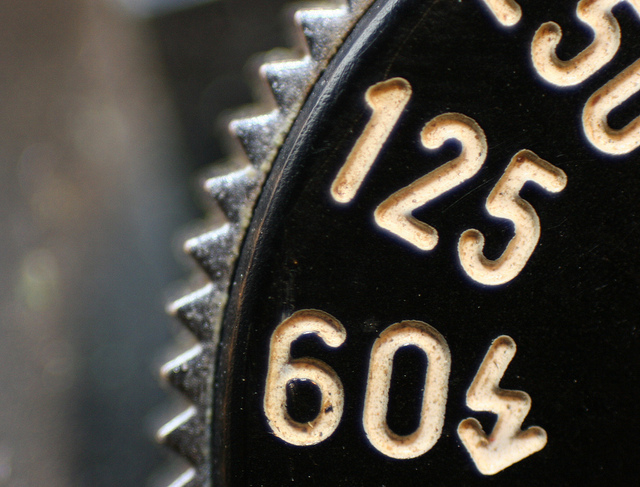It doesn’t matter whether you are shooting on a digital camera or using film, or whether you are using a manual setting or on auto – understanding the principles of ISO will definitely improve your photography.
We are here to demystify ISO, also known as ASA and Film Speed to help you get the look you want for your photos.
ISO in Film Cameras
The ISO is a measure of film’s sensitivity to light - some film is less sensitive (low ISO) and some film is more sensitive (high ISO). This can also be referred to as film speed, with low ISO being slow film and high ISO being fast. Slow film is used for bright conditions or capturing movement, fast film is used in low light conditions or for blur-free images of fast moving subjects.
ISO in Digital Cameras
In a digital camera the ISO refers to the sensitivity of the sensor. A point and shoot will have a smaller ISO range than a DSLR with the same pixel count because the sensor is much smaller. Basically, because the sensor on a DSLR is larger, the photosites are bigger and therefore can collect more light, compared to the photosites that are squeezed onto a small point and shoot sensor.
When to use a low ISO
- Bright conditions
- Still subject
- Shooting on a tripod
- When producing large images
A low ISO means that you can have the shutter open for longer because the film is less sensitive to light, allowing you to capture more detail or movement. Remember that because the shutter needs to be open for longer for the image to expose, you will need a steady hand or to use a tripod. The reason for using a high ISO for large images is because the graininess associated with high ISO is more noticeable on larger areas.
When to use a high ISO
- Low light levels
- Fast moving subject
- Hand held shooting
- When you can’t use flash
A high ISO means that you can have a fast shutter speed and still capture an image in low light. If this is the case – you may be wondering why we don’t just use a high ISO all the time – well, it is because there is a trade off, and that is picture quality. The high sensitivity not only captures images in low light, but also highlights the imperfections in the film, or the camera sensor. The effect is further exaggerated in shadows and not highlights, therefore more noticeable in darker scenes.
What ISO is best?
The general rule of thumb is that the lower the ISO the better – this is because with a high ISO you will get ‘noise’ or graininess in the image. However, you may want an element of graininess in a picture, especially if shooting in black and white.
Choosing Your ISO
The beauty of a digital camera is that you can change the ISO from shot to shot, whereas with a film camera you will often have to adjust the shutter speed and aperture to get the right exposure for the speed of the film you are using. Below is a guide to using the ideal ISO for varying light conditions.
50 to 200 ISO - bright sunny days
400 ISO - overcast days or indoors with natural light from a window
800 ISO - indoors without a flash
1600+ ISO – low light conditions, parties, concerts, plays etc
Do you have any ISO experiences or tips you can share with the community? I'd love to hear your comments.


http://en.wikipedia.org/wiki/Film_speed
the International Organization for Standardization (ISO).
the American Standards Association(ASA) (now named ANSI)
Thanks,
Granny7
One typo in this isn't too bad...but yes, a little confusing. ;)
Great article though - nicely laid out...
With many lenses now providing some form of Optical Stabilization, and many P&S and phone cameras having it too, Where it might have originally required ISO 800 to handhold in poor light, You can now do so with such lenses comfortably at ISO 100 and three or four stops slower on the shutter.
Yes, many editors have "noise reduction," but (a) many folks don't have or can't be bothered using editors, and (b) some editors are "more better" than others. But even in the best ones, the more noise you have and want to remove, the more your sharpness and clarity is compromised. That's just the scientific facts.
Except for that special "grunge" effect, ISO noise (and its companion long exposure noise) should be the last thing you introduce into your digital images. So keep ISO as low as you can, and always try to meter the current light conditions starting at say 100 or at most 200 and see what you have. Remember when your lens or camera has VR, and take into account whether that is 2, 3 or 4 stop protection. And except for action that needs "stopping" there is always a tripod, right?
Good shooting.
My daughter is getting married in June and at dusk, any suggestions for ISO settings? I can't imagine much movement during the wedding but the party and before pics might require a higher ISO. Also, should I use a wide angle lens?
This is a great article, you made ISO clearer in my mind. Thanks in advance for the advice.